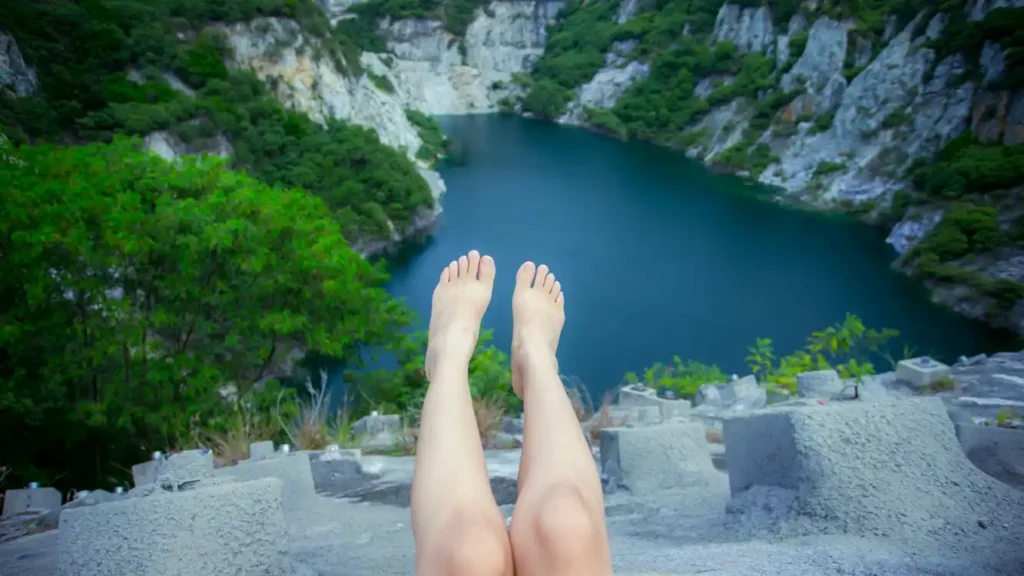Estimated reading time: 3 minuti
Feet blisters while hiking, are one of the most common ailments among hikers and can ruin even the most beautiful trek, how to prevent and treat them. Fortunately, there are several strategies to prevent and treat them.

Feet blisters how to prevent while hiking
- Suitable socks: Choose specific trekking socks, breathable and without seams that could rub.
- Comfortable shoes: Make sure your hiking boots fit perfectly and have already been worn for a while before the hike, to avoid rubbing.
- Right size: The shoes should not be too tight or too loose. A foot that slips inside the shoe increases the risk of blisters.
- Protect risk areas: If you have more sensitive areas of the foot, you can use specific patches to prevent blisters.
- Change socks: During a long hike, change your socks at least once to keep your feet dry.
- Gradual break-in: If you are a beginner, start with short hikes and gradually increase the distance.

What to do if a blister on feeet forms
- Do not puncture it: It is important to resist the temptation to puncture the blister, as it could become infected.
- Protect it: Cover the blister with a specific blister patch, which creates a protective cushion.
- Raise your foot: If possible, during the walk try to raise your foot to reduce pressure on the blister.
- Pause: If the pain is too intense, take a break and rest your foot.
- Disinfection: Once you get home, gently disinfect the area and change the patch every day.
- When to see a doctor: If the blister becomes infected (redness, pus, intense pain), consult a doctor.
Additional tips
- Cut your nails: Keep your toenails short to prevent them from pressing against your shoes.
- Hydrate your feet: Apply a moisturizer to your feet every night to keep the skin soft.
- Try specific products: In pharmacies you can find specific products to prevent and treat blisters.
Preventing blisters is essential to fully enjoy trekking. By following these tips, you can face your hikes with greater comfort and safety.
